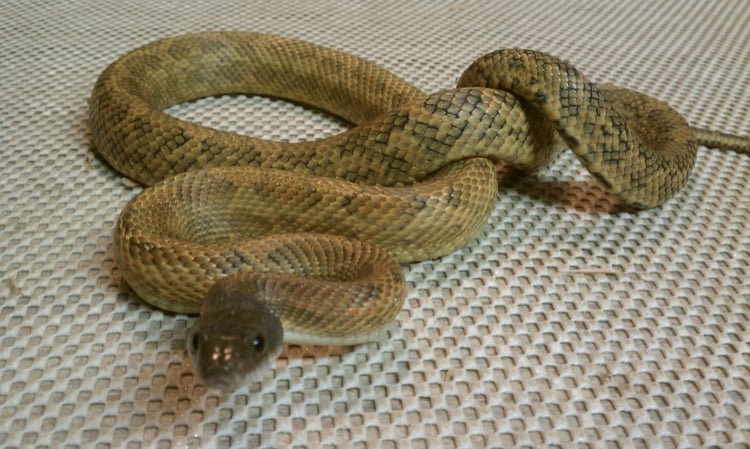After my terrible showing with last year's eggs I decided to make 2 changes.
1) I fed more frequently
2) I didn't cool my snakes for as long
The hope was that more food would yield more eggs in females and the short cooling would preserve more sperm in the males.
It's hard to argue with success!
April 21: Female 2012-01-04 / Male 2010-01-02 (10) eggs (0) slugs
April 23: Female 2014-01-02 / Male 2014-01-08 (6) eggs (4) slugs
April 23: Female 2013-01-03 / Male 2014-01-01 (9) eggs (2) slugs
April 24: Female 2013-05-02 / Male 2014-01-04 (13) good eggs
April 27: Female 2006-01-01 / Male 2013-01-02 (19) eggs (0) slugs
April 28: Female 2014-01-03 / Male 2014-01-08 (3) eggs (6) slugs (this as her first time laying)
The youngest snakes (particularly the 2014 males did the worst. Snakes who were at least 4 years old did very well. A lot of factors lend themselves to this, for example how much you feed and how large the snakes are. There's a large body size difference between the 2014 snakes and the 2013 snakes and this translates to success in breeding. (I was once warned by an actual herpetologist that breeding females who they are too small can shorten their lives and stunt their growth so I have always waited until they looked like adult snakes but the breeders I know insist that 2-3 years is all you need and then get to making eggs!)
I still have 3 more females that have not laid yet and I face the problem in 90 days of what to do with all the babies that hatch but that will be this year's challenge and I am starting to plan for that now.
A few folks have contacted me about buying snakes and I certainly need to sell some but I needed to document what I've done and be able to tell people what they are getting. If you look through the pics most of my adults aren't much different than typical Texas ratsnakes from South East and Central Texas so I really wanted to document how these babies change over the first couple years of their lives. I am seeing a spectrum of ground color running from silvery/grey to lemon yellow to pumpkin orange and the dark dorsal patterns vary from typical to almost completely washed out. But which will be which when it's a bucket full of grey babies?
If I've learned anything about life, it's that when you think you know what's going on, start to document & chart it and you'll quickly see that you only knew part of what was going on.
More pics soon!






